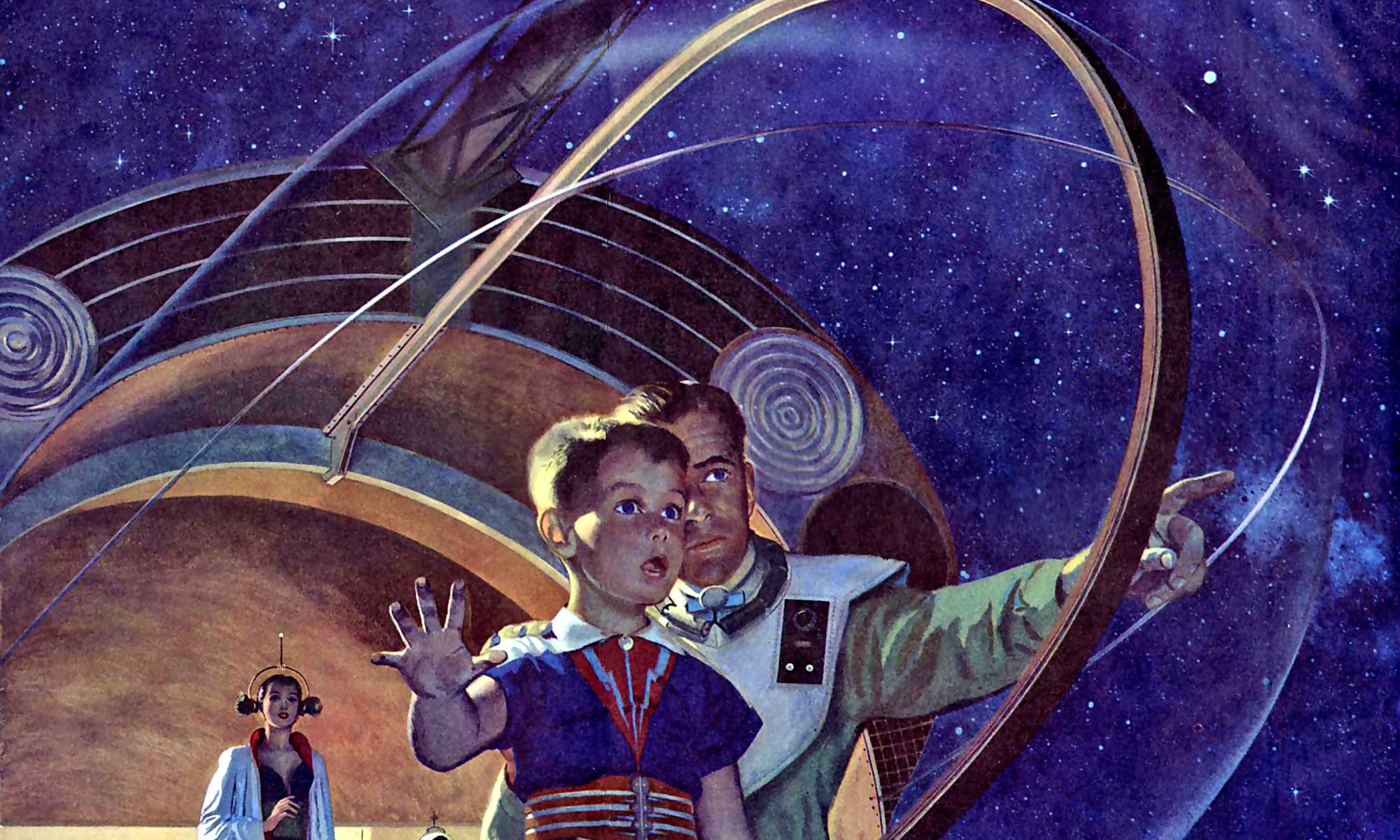Stolen from a post on Facebook:

SCALE MODEL OF THE SOLAR SYSTEM
How big is the solar system? Scientists have placed the edge of the solar system at the Kuiper Belt or the Oort Cloud. The Kuiper Belt is an asteroid belt beyond Pluto (today, Pluto is categorized as a member of the Kuiper Belt) and about 60 times as massive as the asteroid belt between Mars and Jupiter. The Oort Cloud is the theoretical mass of comets, asteroids and other debris beyond the Kuiper Belt. This puts the solar system's diameter at roughly 1.5 light years across, or about fifteen trillion kilometers.
In order to put this scale to a size that can be better related to, the Sun will be represented by a bowling ball about eight inches across. About 7.6 meters from the bowling ball is Mercury, represented by a pinhead. Another 6.9 meters is Venus, represented by a peppercorn, and Earth is 5.3 meters further, represented by another peppercorn (the moon is about 6.1 centimeters from the Earth, represented by a pinhead). At this point, Earth is almost 20 meters from the Sun. Continuing past the Earth 10.7 meters is find Mars, a second pinhead.
Between Mars and Jupiter is the asteroid belt. The asteroid belt is about 41.5 meters from the Sun. However, the asteroid belt is mostly empty space. Thirty one meters past the asteroid belt, or 72.4 meters past Mars, is Jupiter, represented by a chestnut. To put this scale into perspective, Jupiter is 102.9 meters from the Sun and more than a city block from Mars.
After Jupiter are the rest of the outer planets: Saturn, Uranus, and Neptune, represented by a hazelnut, a coffee bean, and a peanut, respectively. Saturn is 85.3 meters past Jupiter, with Uranus 189.7 meters past that and Neptune 214.1 meters past Uranus. Finally arrive at Pluto, represented by a pinhead 184.4 meters past Uranus. This point is one kilometer from the Sun. At this distance, the bowling ball is no longer visible, not even with binoculars. Less than a millimeter past Pluto are the Voyager probes.
Of course, while the planets do not stay in a straight line (the Voyager probes used a unique aligning of the outer planets to their advantage), they generally stay about the same distance from the Sun and from each other. So, while Jupiter and Saturn can be as close as 85 meters together in this model, they can be as far as 391 meters apart when they are on opposite sides of the Sun from each other.
The nearest star to the Sun is Proxima Centauri, at 4.2 light years. On this model, it is a whopping 6,759 kilometers from the bowling ball that represents the Sun. The star Arcturus, which is 58,996 kilometers from the bowling ball – about four and a half times the width of the Earth – would be five meters across, longer than a standard pickup truck. Rigel, which is over a million kilometers from the bowling ball – three times further away than the moon – would be ten meters across, about the length of a standard school bus. Betelgeuse, the red giant in the constellation Orion, would be about 158 meters across – twice the size of an American football field. Yet, in this model, the Earth is just the size of an ordinary peppercorn.
– R. Atkinson

I like being reminded of this, it helps keep us humble.
And just when you think that is huge. Check out the star VV Cephei. You will rarely hear me say, 'oh that is too big', but that is TOO BIG.
sadly, there are only 8 planets.
But how big is your anus? I mean, Uranus. *snicker*